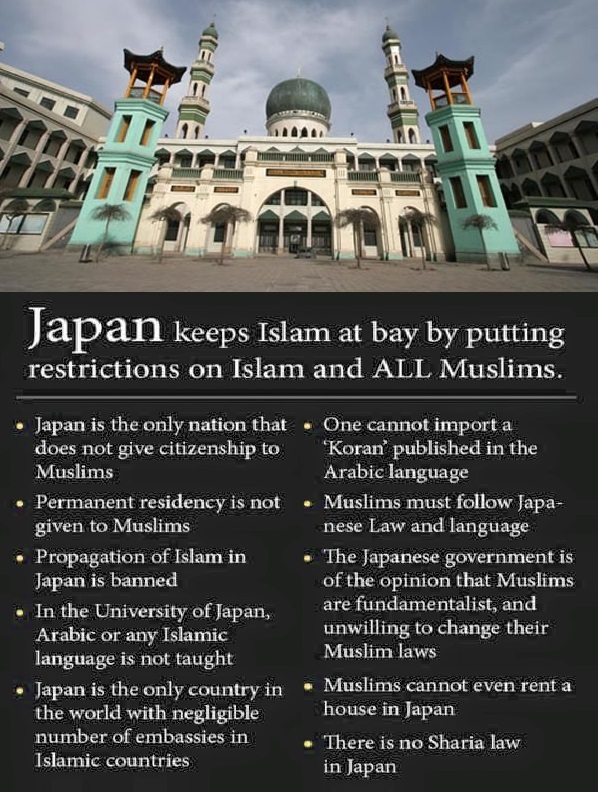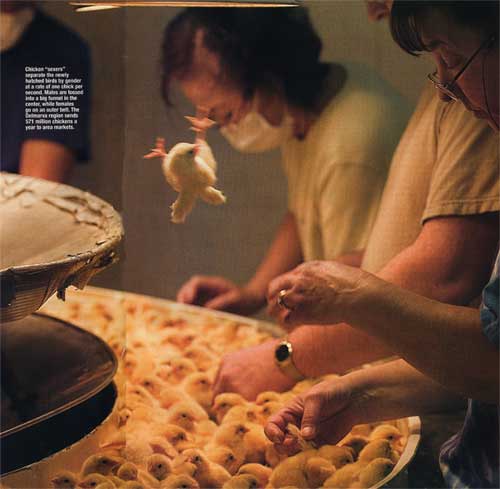Tag: Japan
Hiroshima & Nagasaki: The Atom Strikes
1946 HD Video Footage of Atomic Bomb Destruction: Hiroshima & Nagasaki.
HD remastered version of “The Atom Strikes” produced in 1945 about the bombings of Hiroshima and Nagasaki. The movie is made up of three 10 minute 35mm reels.
The atomic bombings of the cities of Hiroshima and Nagasaki in Japan were conducted by the United States during the final stages of World War II in August 1945. The two bombings were the first and remain the only use of nuclear weapons in warfare.
Following a firebombing campaign that destroyed many Japanese cities, the Allies prepared for a costly invasion of Japan. The war in Europe ended when Nazi Germany signed its instrument of surrender on May 8, 1945, but the Pacific War continued. Together with the United Kingdom and China, the United States called for the unconditional surrender of the Japanese armed forces in the Potsdam Declaration on July 26, 1945, threatening “prompt and utter destruction”.
By August 1945, the Allied Manhattan Project had successfully tested an atomic device and had produced weapons based on two alternate designs. The 509th Composite Group of the U.S. Army Air Forces was equipped with a Silverplate Boeing B-29 Superfortress that could deliver them from Tinian in the Mariana Islands. A uranium gun-type atomic bomb (Little Boy) was dropped on Hiroshima on August 6, 1945, followed by a plutonium implosion-type bomb (Fat Man) on the city of Nagasaki on August 9. Within the first two to four months of the bombings, the acute effects killed 90,000–166,000 people in Hiroshima and 60,000–80,000 in Nagasaki; roughly half of the deaths in each city occurred on the first day. During the following months, large numbers died from the effect of burns, radiation sickness, and other injuries, compounded by illness. In both cities, most of the dead were civilians, although Hiroshima had a sizeable garrison.
On August 15, just days after the bombing of Nagasaki and the Soviet Union’s declaration of war, Japan announced its surrender to the Allies. On September 2, it signed the instrument of surrender, ending World War II. The bombings’ role in Japan’s surrender and their ethical justification are still debated.
[AdSense-B]
Chick Sexing
Chicks of different sexes can appear quite similar. Chick sexing is the method of distinguishing the sex of chicken and other hatchlings by a trained person called a Chick Sexer or Chicken Sexer. It’s a job that pays pays $60,000 a year and nobody seems to want to do it.
Enjoy!
Believe it or not, ‘chick sexer’ is a real job, and it pays quite handsomely. For over $60,000 a year, a chick sexer has to look at chicks’ backsides all day to determine if they are male or female.
The process, known as ‘vent sexing’ involves squeezing the faeces out of the chick and opening up the its anal vent, to check for a small ‘bump’ that indicates it is male. Understandably, the job doesn’t have many takers, and British poultry farmers are struggling to attract employees to fill the position.
Although it sounds easy, chick sexing is quite complicated and requires an incredible amount of skill. Workers are specially trained on how to spot ‘miniscule differences’ in the size and shape of a chick’s genitalia to ascertain whether it will grow up to be a rooster or a hen.
Chick sexers are expected to sort 800-1,200 chicks an hour, with a 97-98 percent accuracy – that’s just three seconds per bird. “It takes three years to train someone so they develop the sensitivity and dexterity to reliably sex the bird and a lot of people don’t want to spend that amount of time training,” said Andrew Large, chief executive of the British Poultry Council.
Smothered By Bunnies
A man happily gets swarmed and smothered by friendly bunnies on Japan’s Rabbit Island.
This is the first episode in the Bunny Island Series, featuring Ōkunoshima (大久野島), a small island located in the Inland Sea of Japan in the city of Takehara, Hiroshima Prefecture. It is often called Usagi Jima (ウサギ島, “Rabbit Island”) because of the numerous feral rabbits that roam the island; they are rather tame and will approach humans.
In this video, a herd of rabbits swarm their feeder and have no reservations climbing all over his body to get at the delicious pellets during their mealtime.




